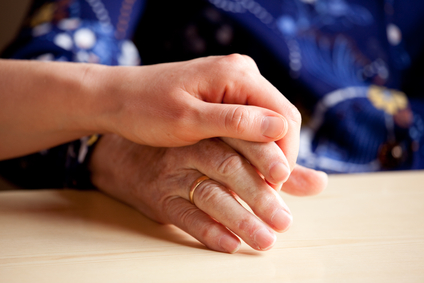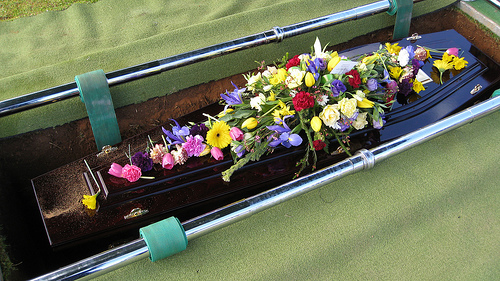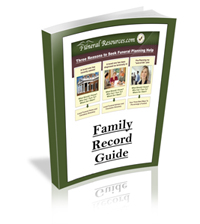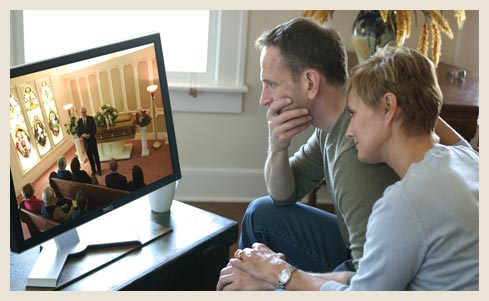How to Write an Obituary
How to Write a Compelling Obituary
The purpose of an obituary is to announce a person’s death with a brief summary of their life and to inform people about any planned funeral services. In a local newspaper, both in print and online, obituaries can be published for any local resident upon their death. Rather than just being a sad announcement, obituaries are now being used as a way to celebrate the life of the person who has passed away with a short story to help keep their memory alive.
1. Check Local Newspaper in Print and Online
Before you start writing your obituary, check out the requirements for having it published in your local paper. Many news publications have specific guidelines on the style and length of the obituary, and it’s possible that they may only accept an obituary if it’s written by one of their editorial staff or submitted directly from a funeral home. Most funeral homes can provide obituary templates that you can use as a guideline, and they may even cover the cost of publishing the obituary, online obituary, and obituary search as part of the funeral services.
2. Announcement of Death/Biographical Information
Announcing the death of your loved one is the very first step in writing the obituary. Include their name, age, the city where they resided and the day and date of their death. You may also want to include the cause of death at the end of the announcement. Providing biographical information is an important part of the obituary and a great way to make it a compelling tribute to their life. Try to be as interesting and colorful as possible when crafting your story about your loved one, and be sure to incorporate some personality into your writing. Cover details such as their place of birth, marital life (if applicable), education and employment background, as well as their passions, hobbies and lifetime achievements.
3. Mention Surviving Family Members
It’s important to mention the deceased’s surviving family members along with any close family members who have preceded them in death. List the names and residences of their children, grandchildren, brothers, sisters and any other important family members that should be included, and be sure to list the name of their spouse if they had one. Many people are extremely attached to their pets, so you may consider adding their names to the list of surviving family members.
4. Memorial Services
If there are memorial services planned, be sure to include this information in the last part of the obituary. Provide the date, time and location where the services will be held, and be sure to indicate if the services happen to be private. If you would like memorial contributions to be made toward your family or to a specific charity that the deceased supported, rather than sending flowers, be sure to include these necessary details as well.
5. Proofread and Submit
Once you have finished writing your obituary, read it over a few times to make sure you like the tone and writing style, and check for any grammatical errors. It would also help to have another set of eyes proofread it as well for additional feedback or suggestions. Once you are satisfied with your obituary, the last step is to submit it to the funeral home or directly to the news publication.
Courtesy of YouCaring.com








